Dialogues II – 15 years zs art
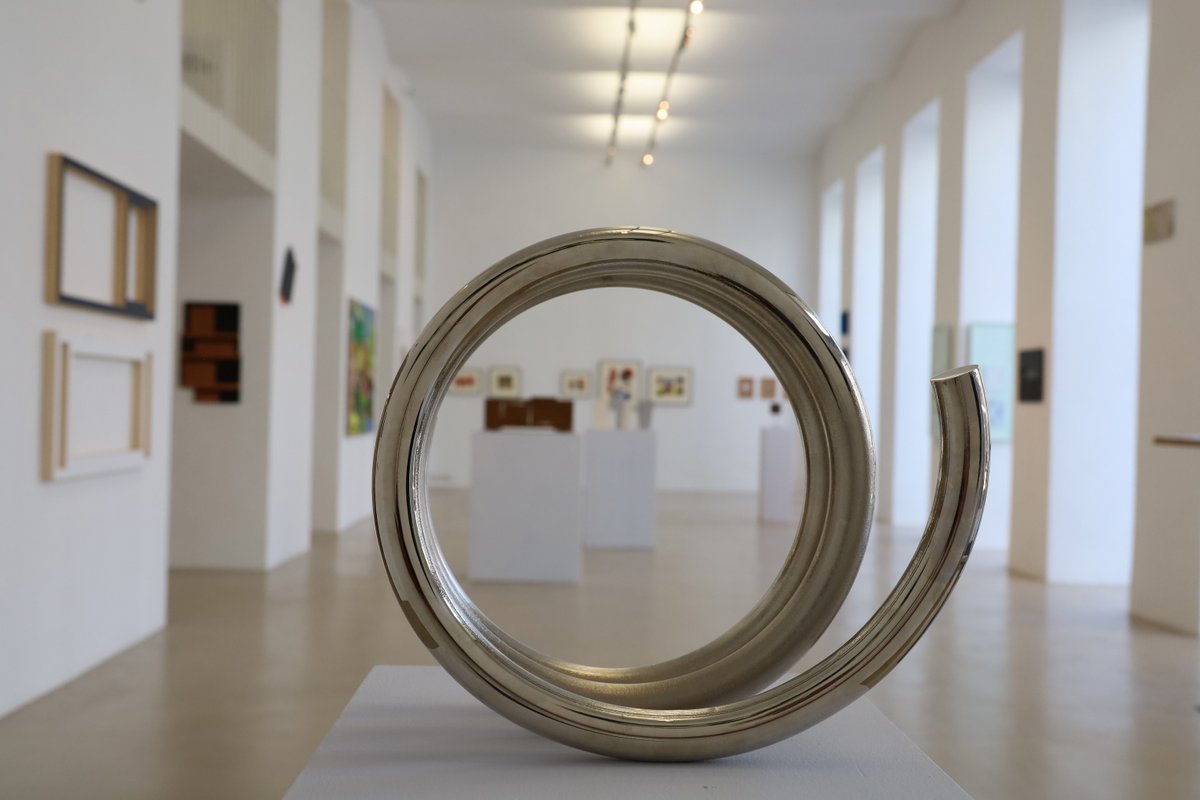
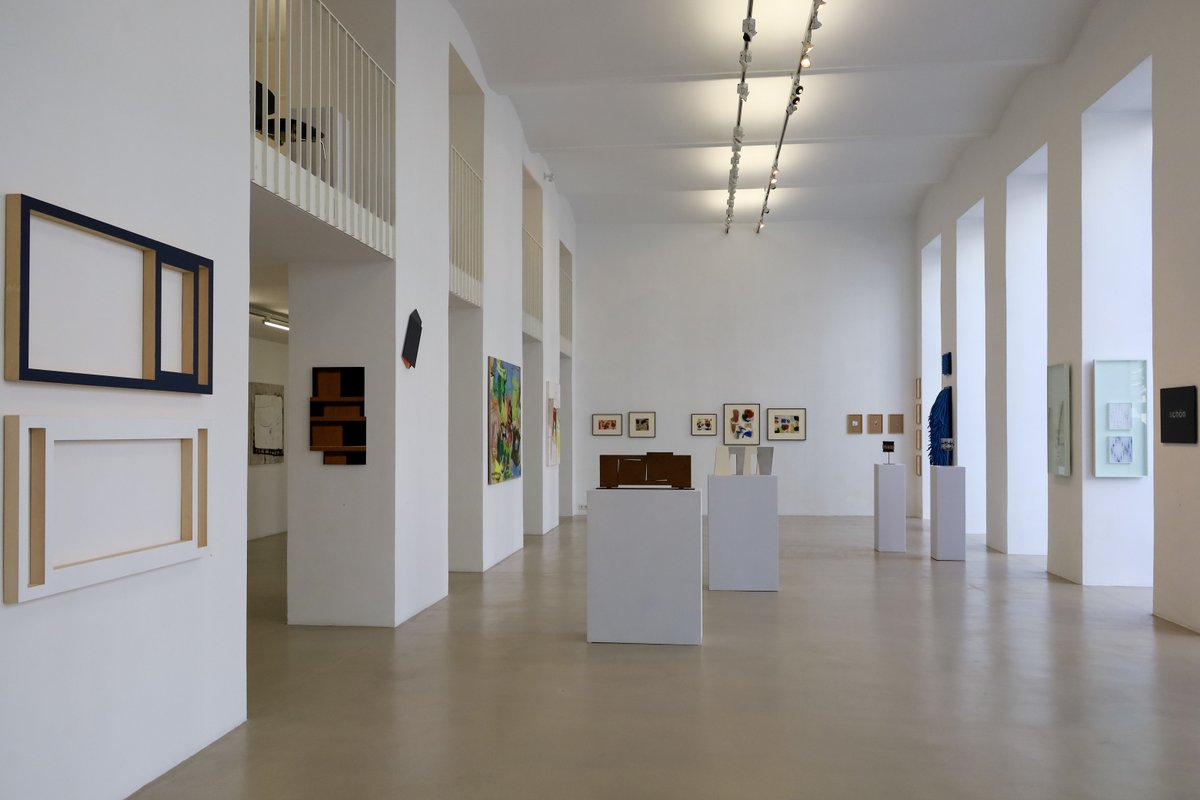
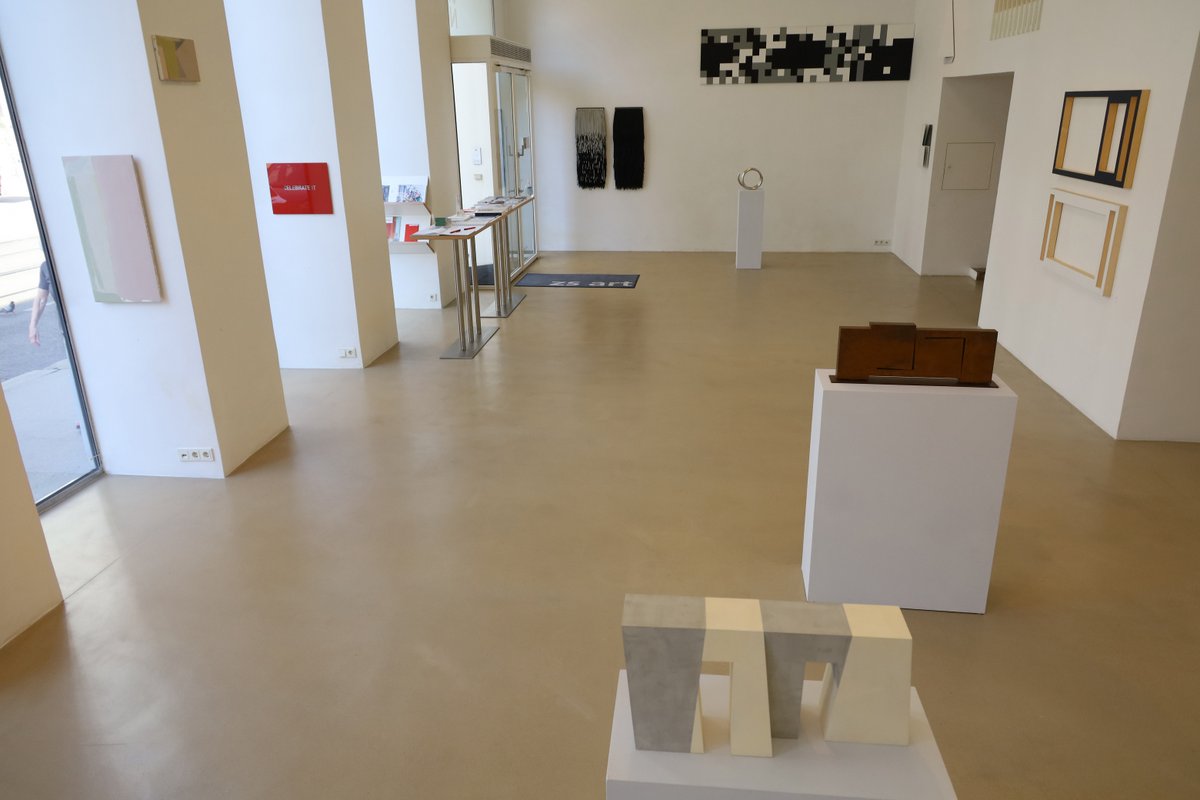
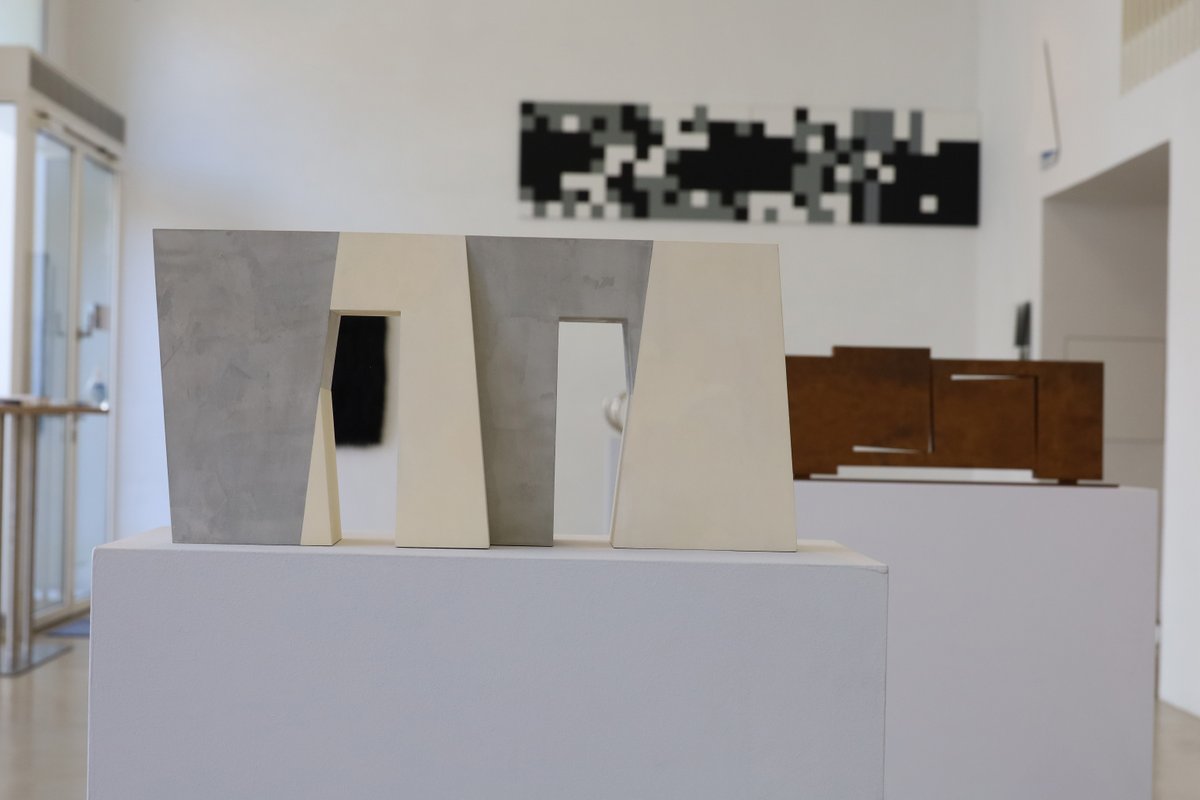
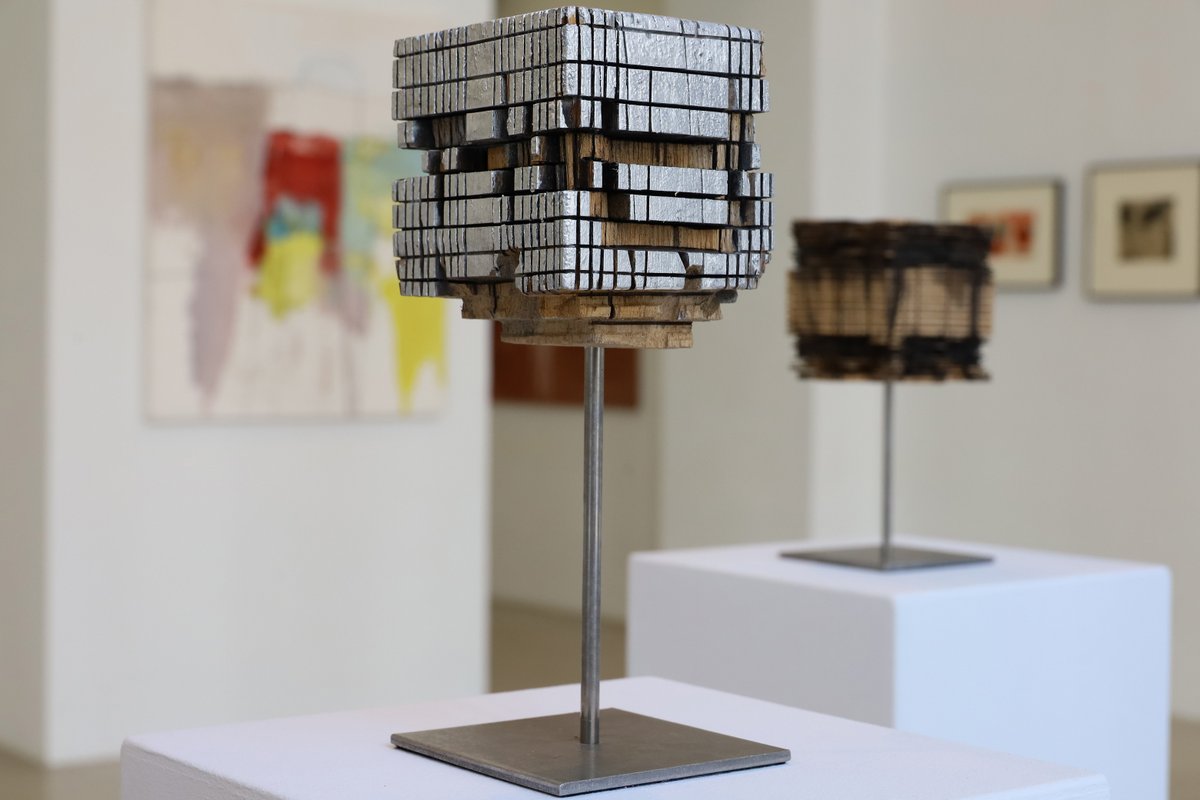
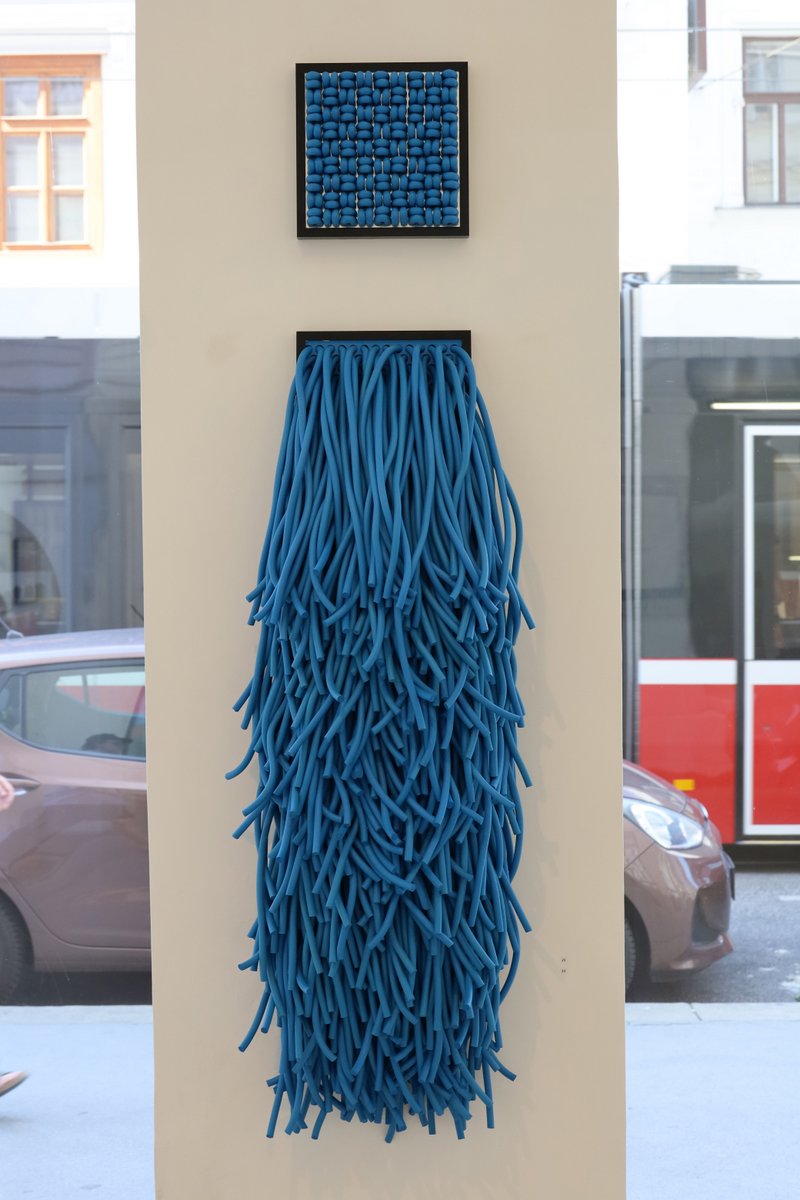
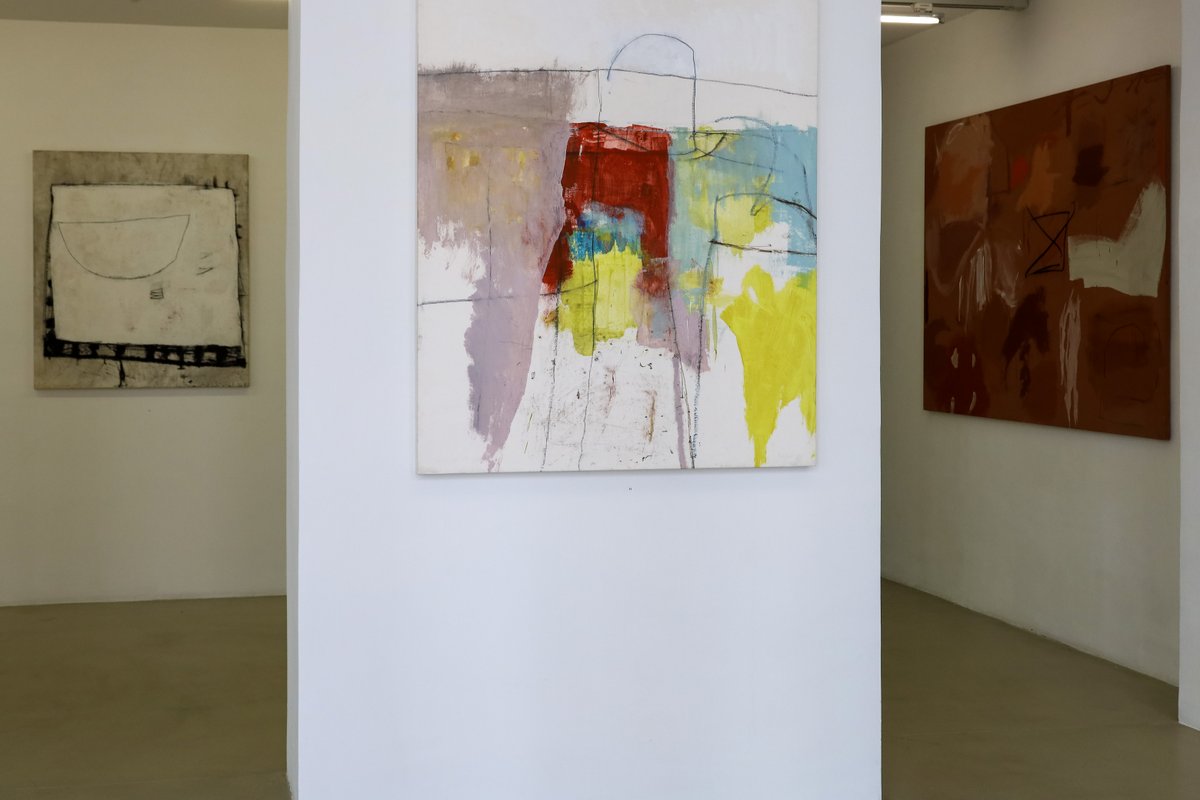
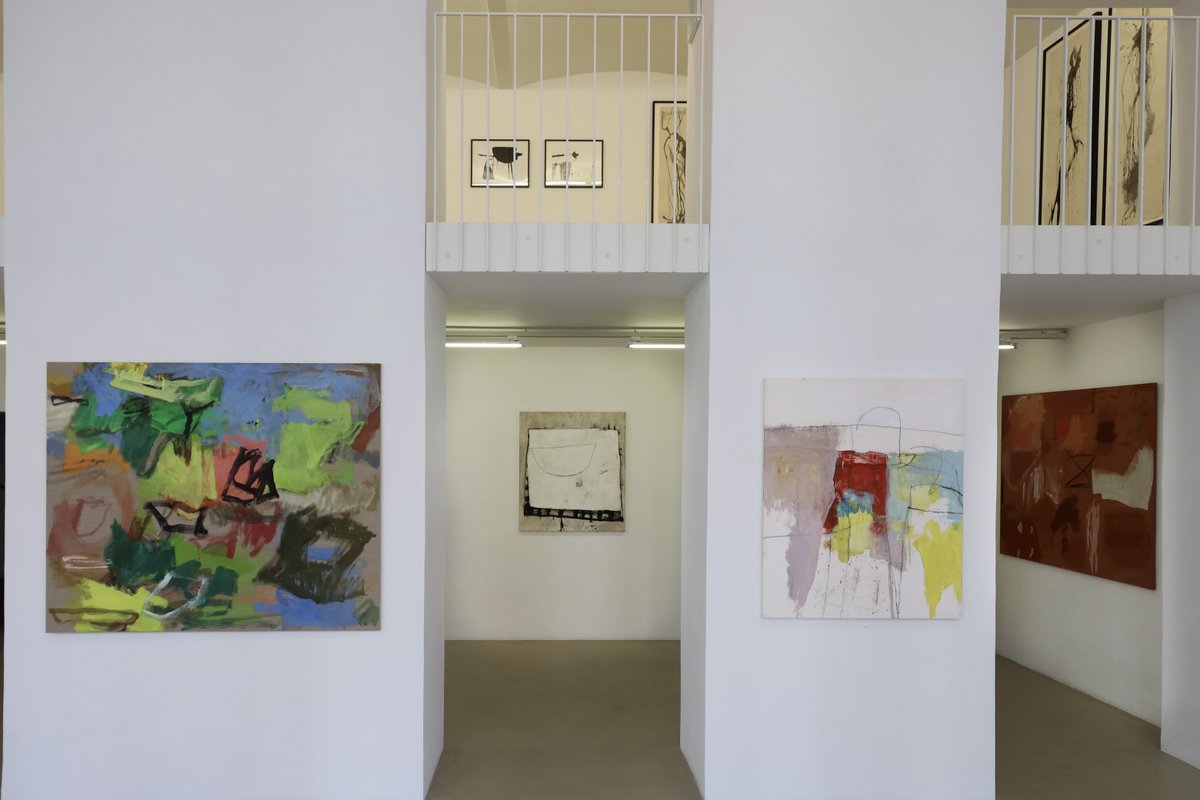
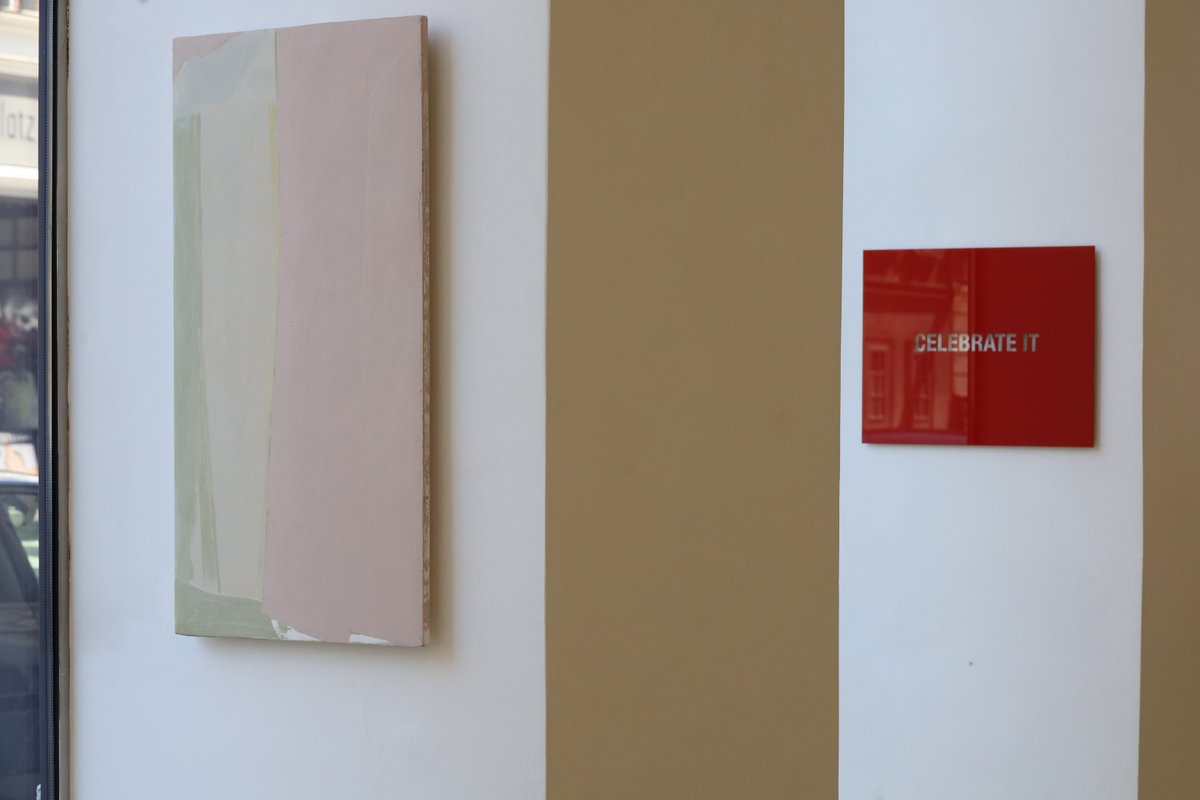
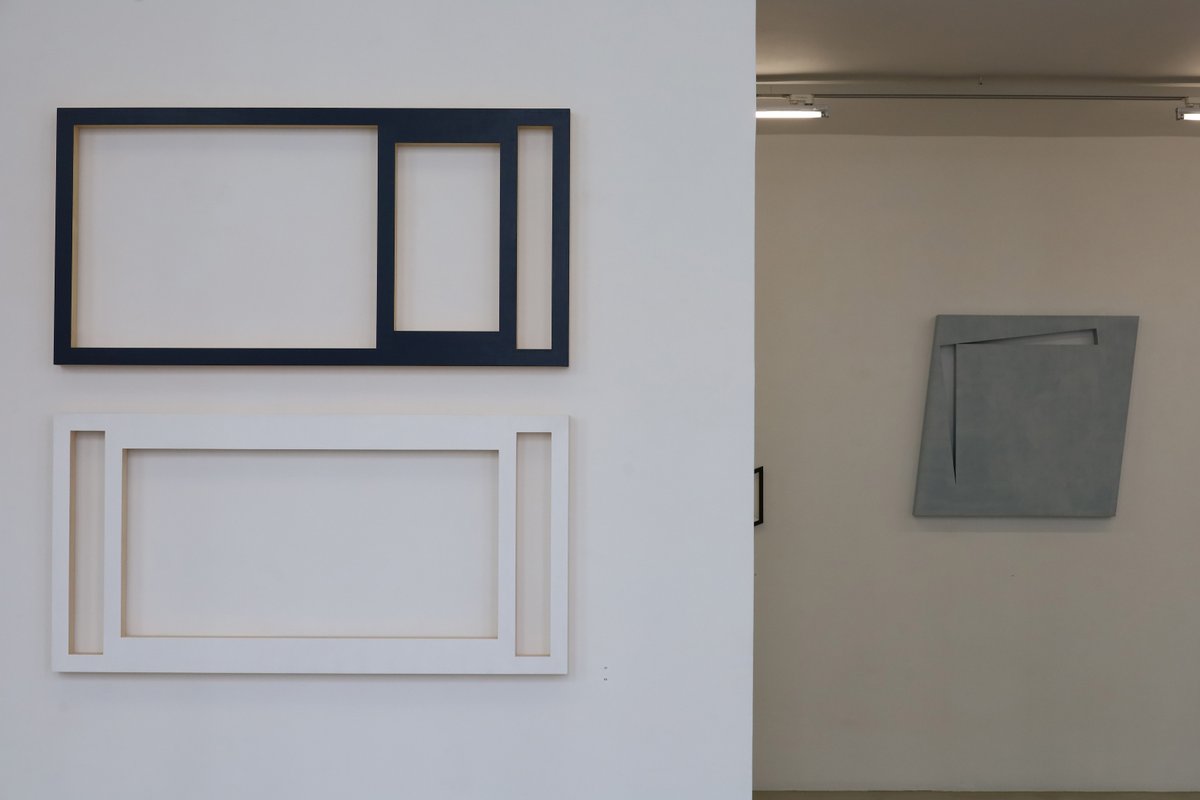
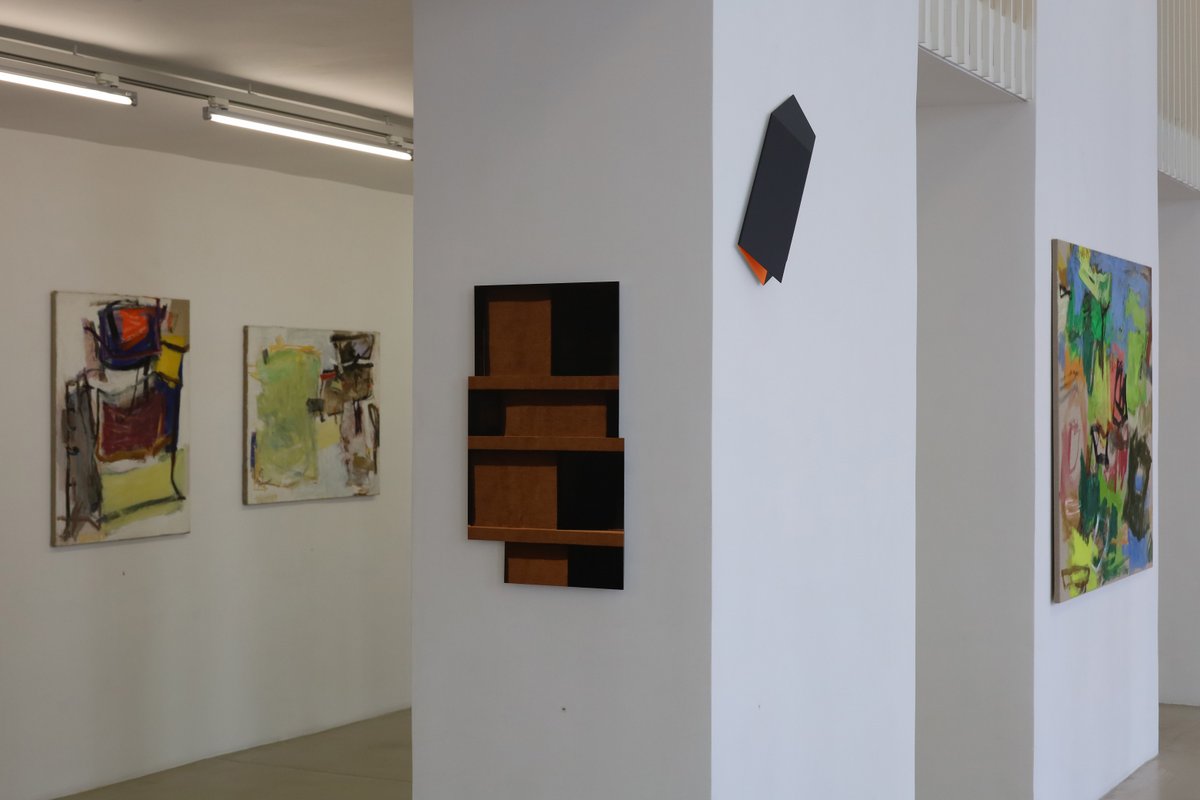
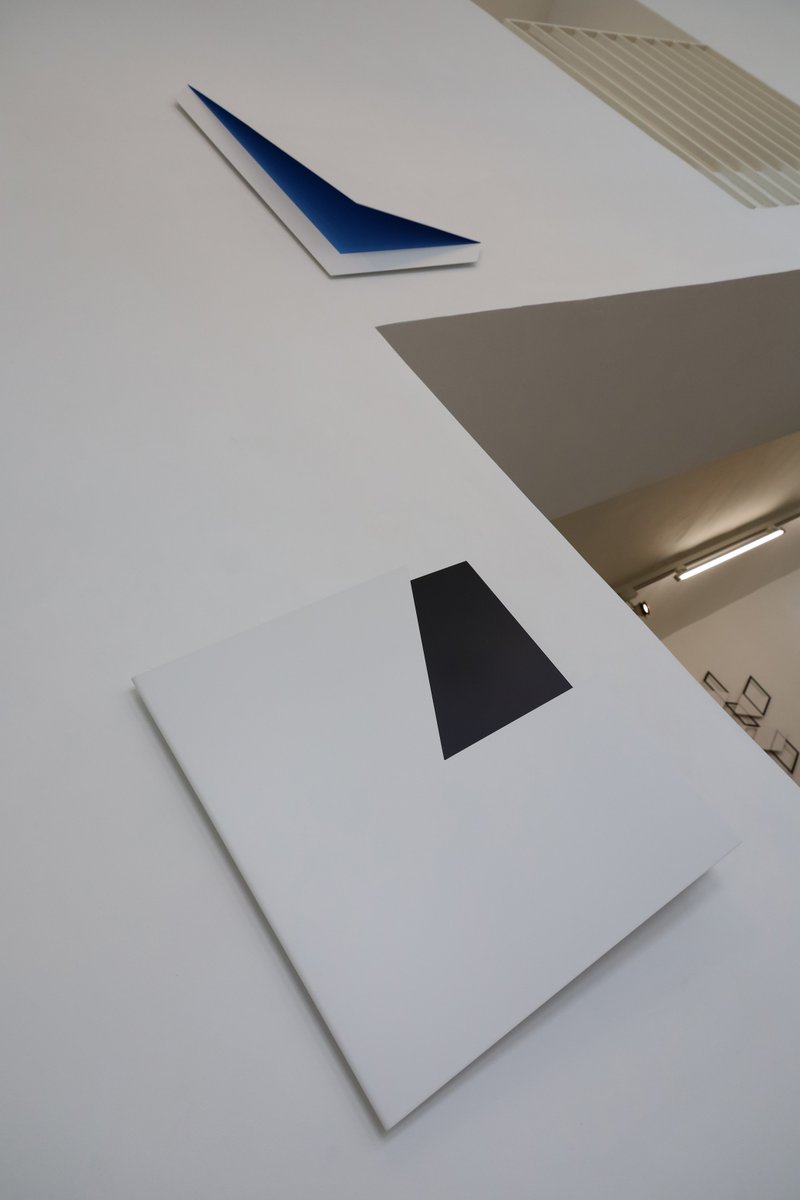
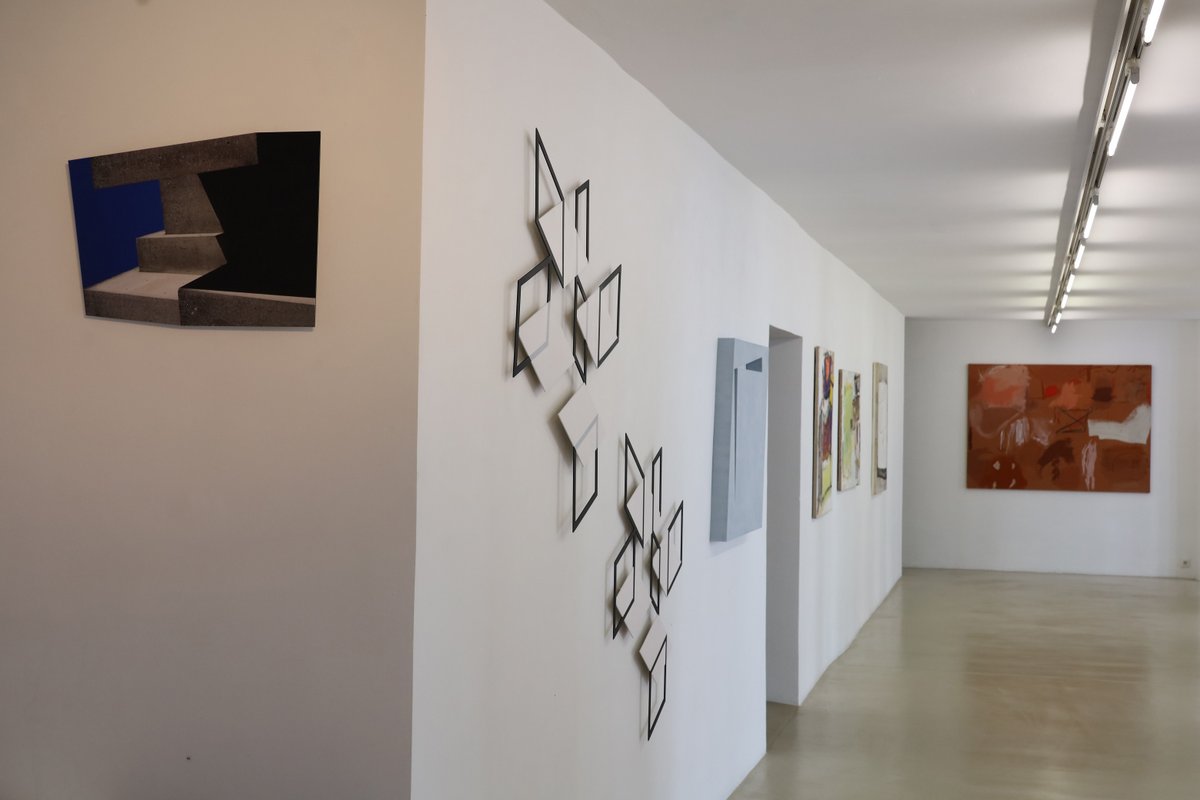
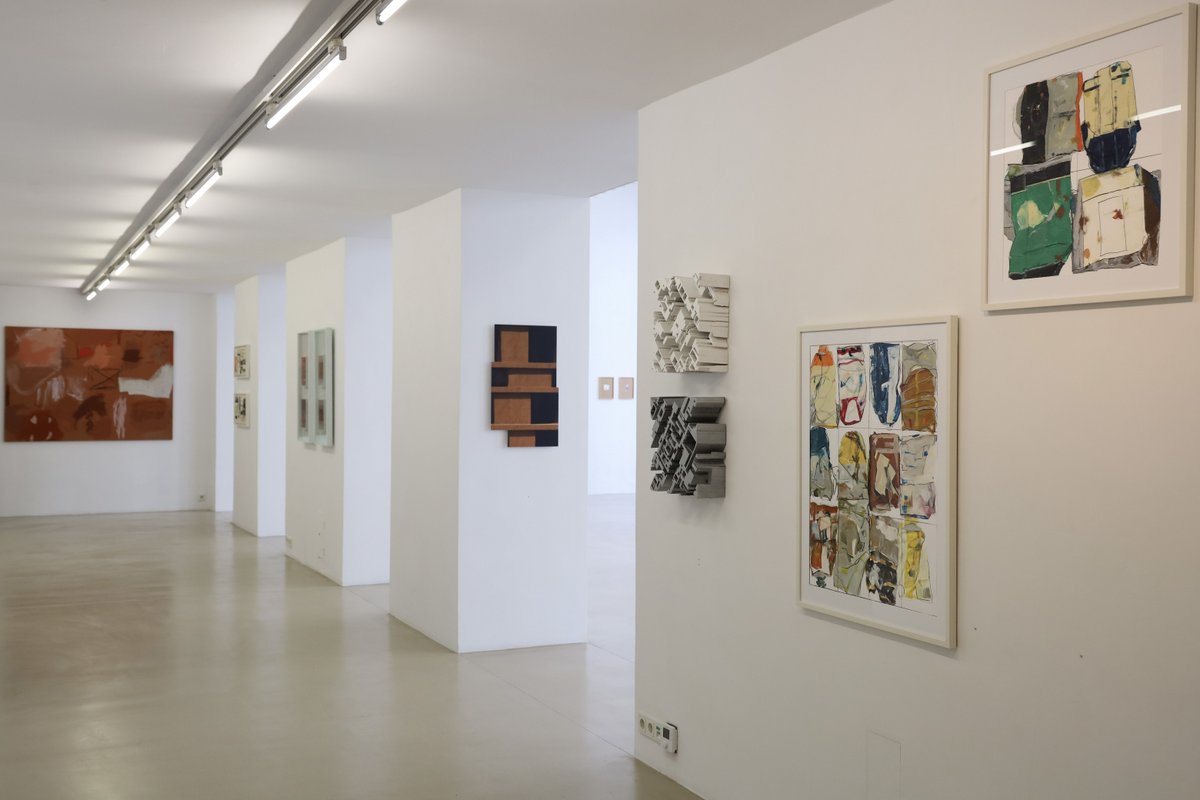
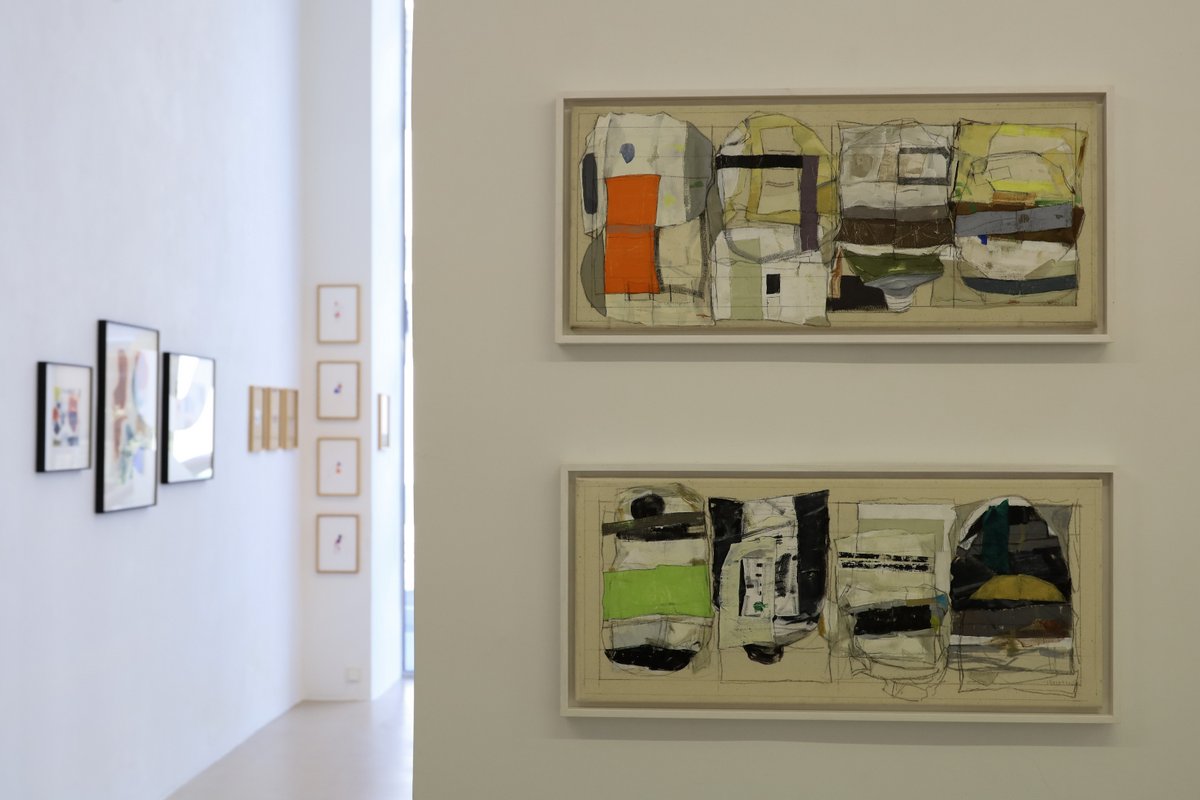
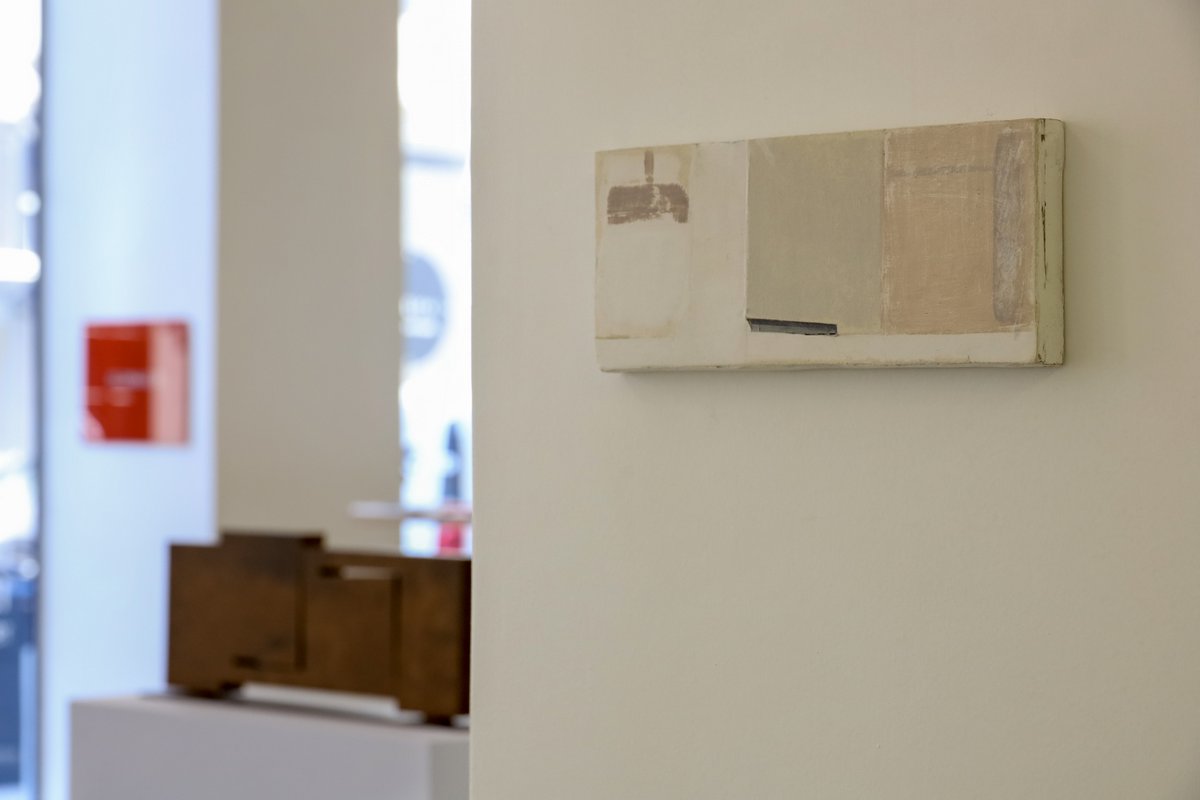
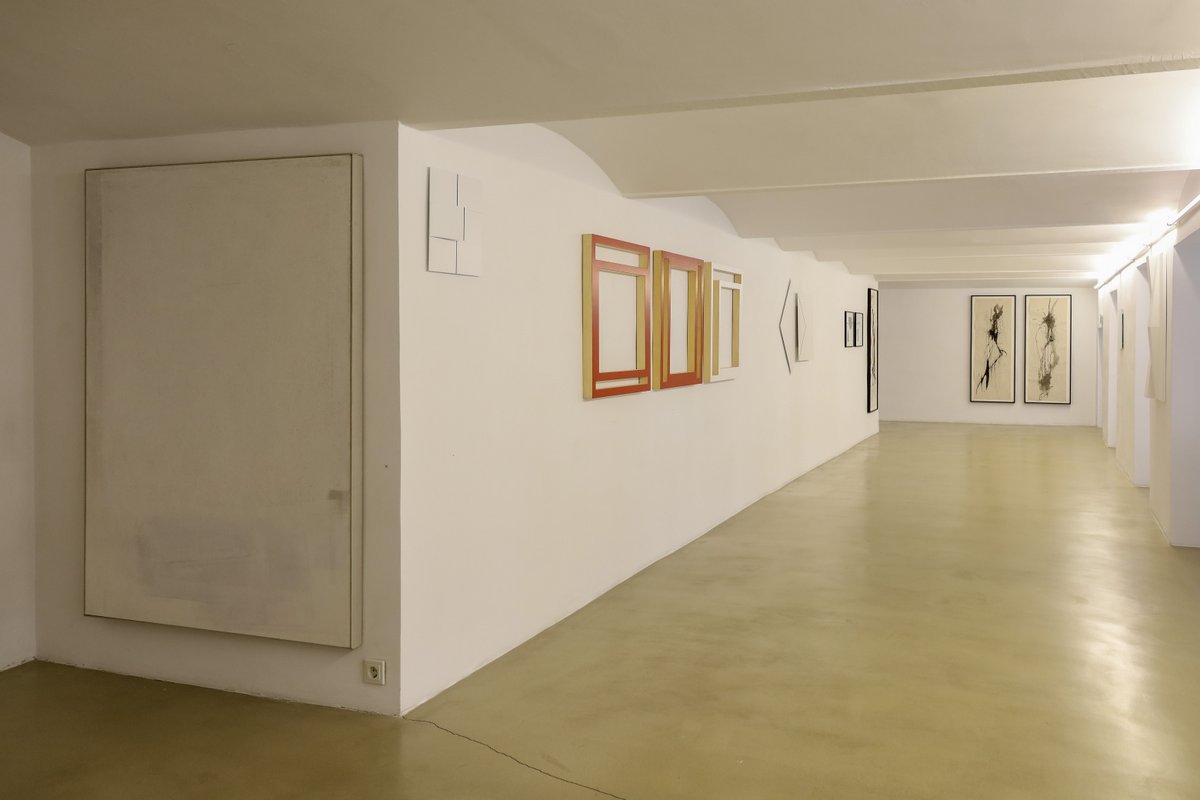
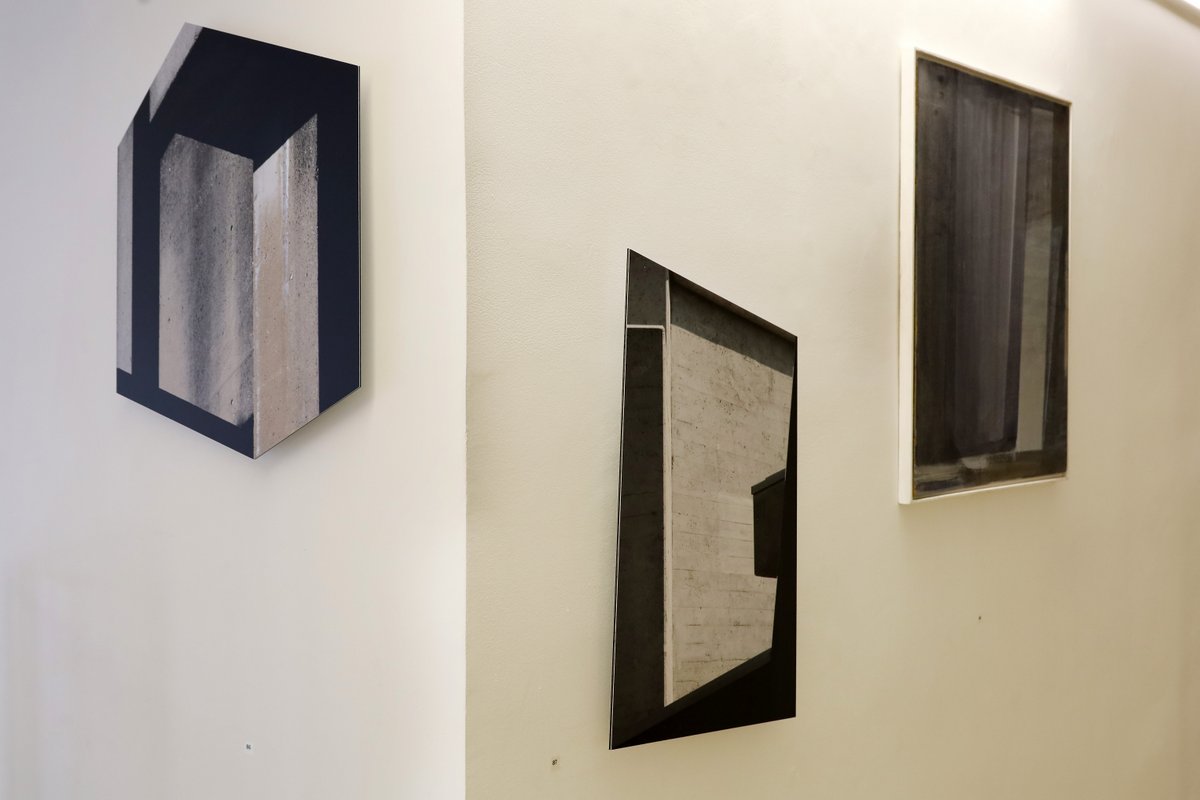
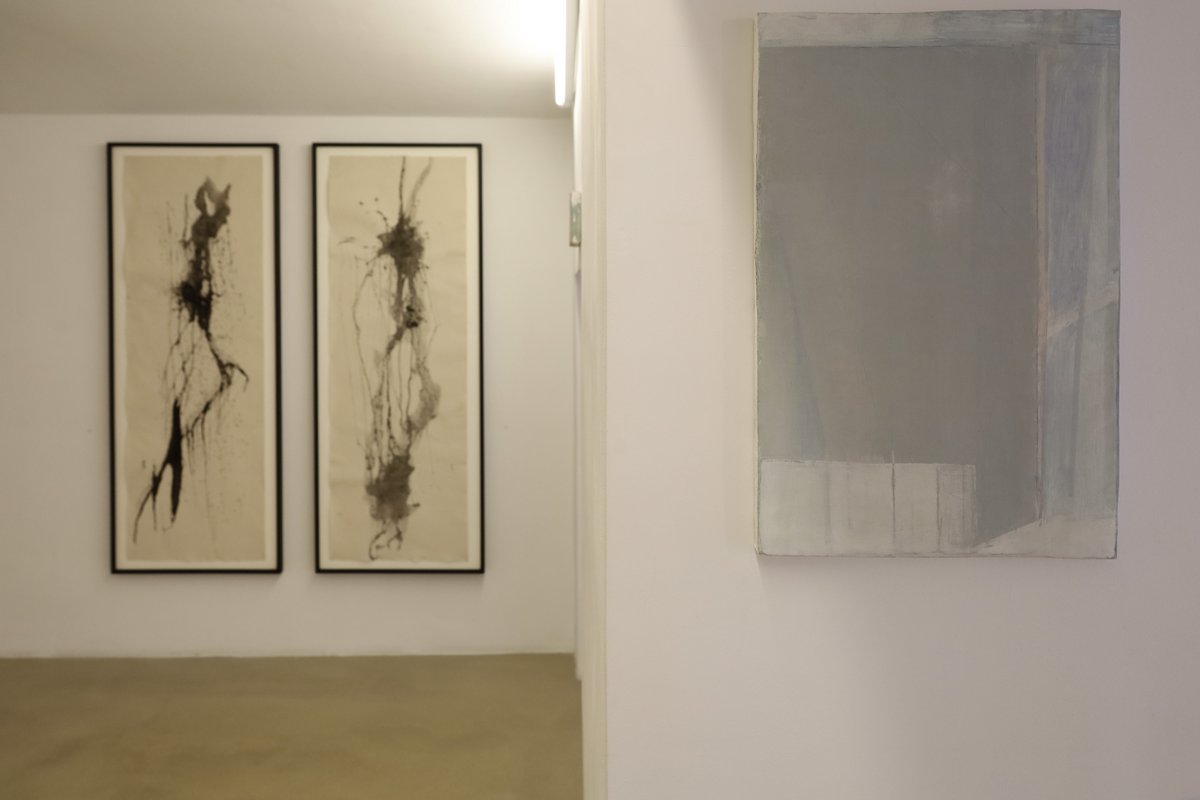
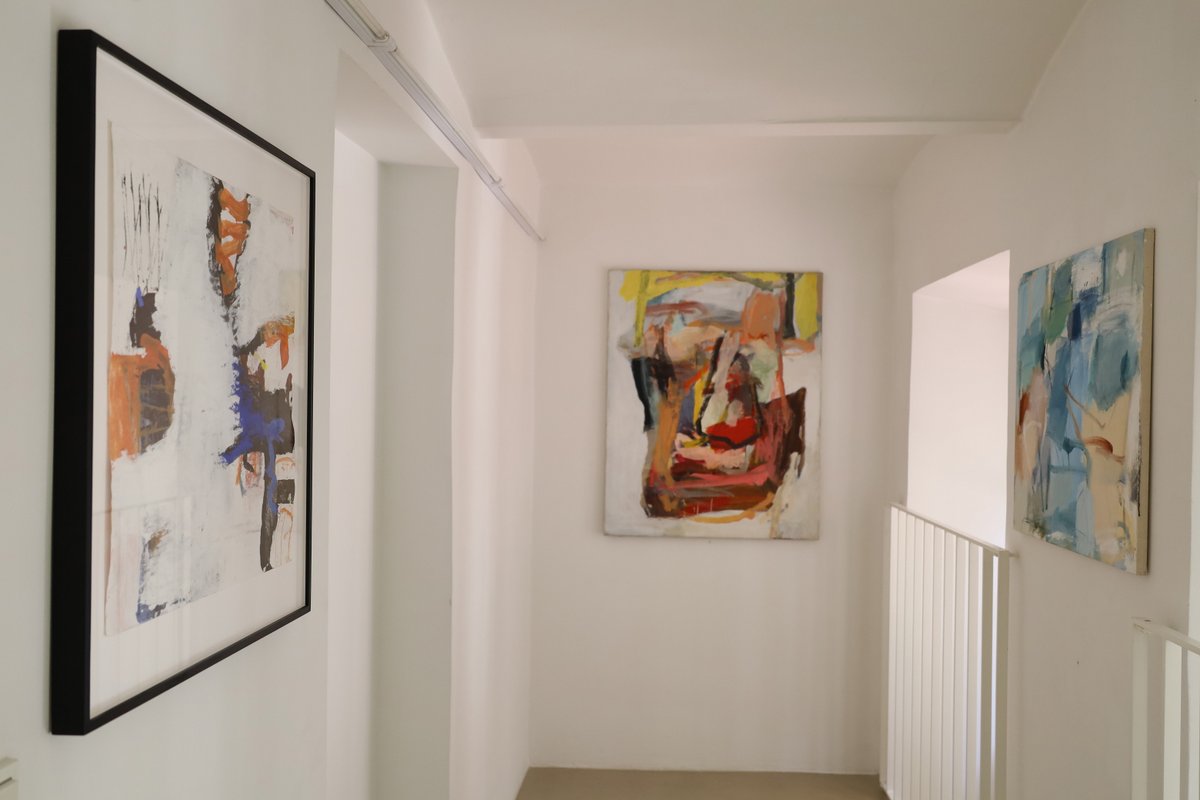
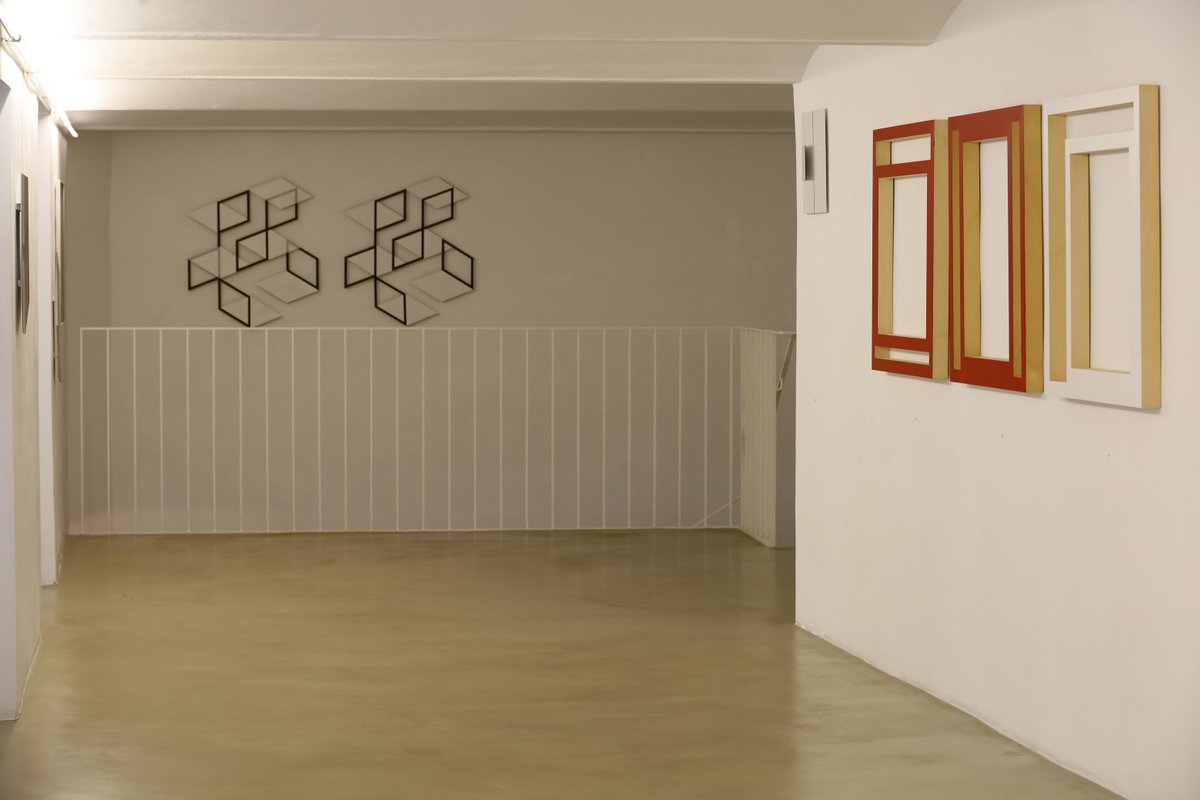
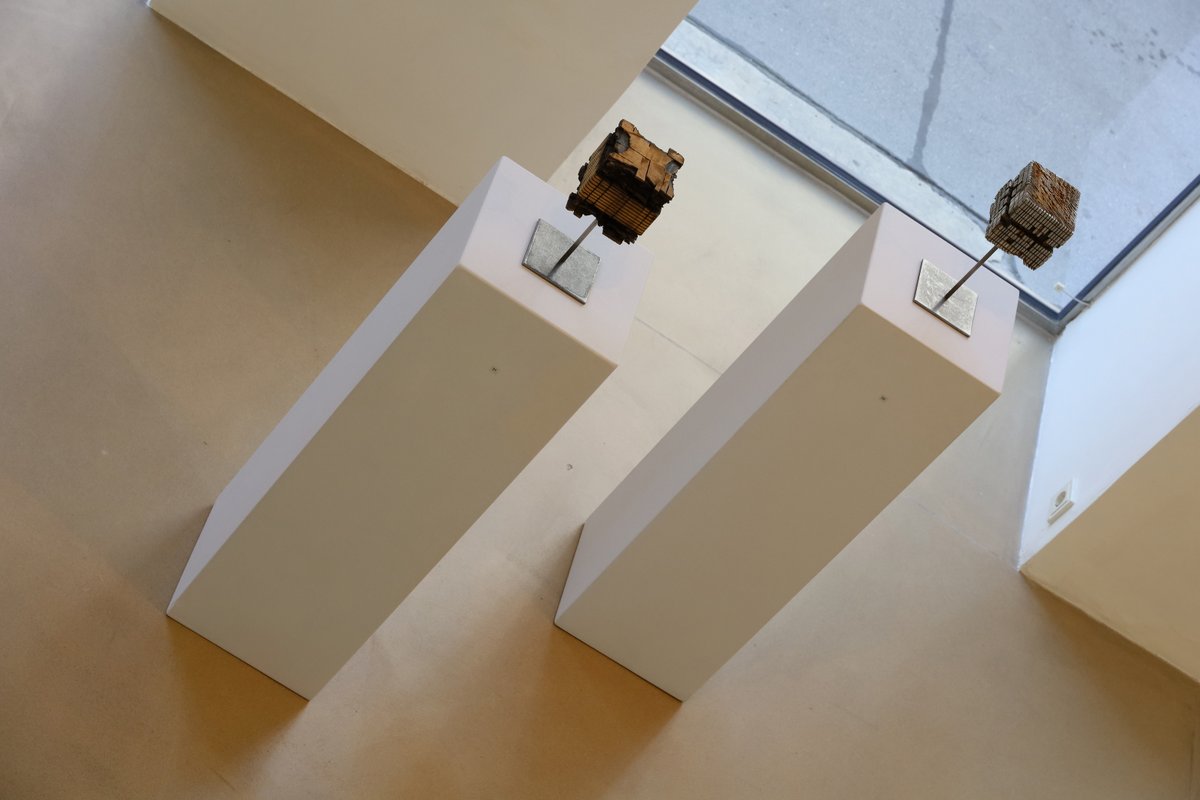
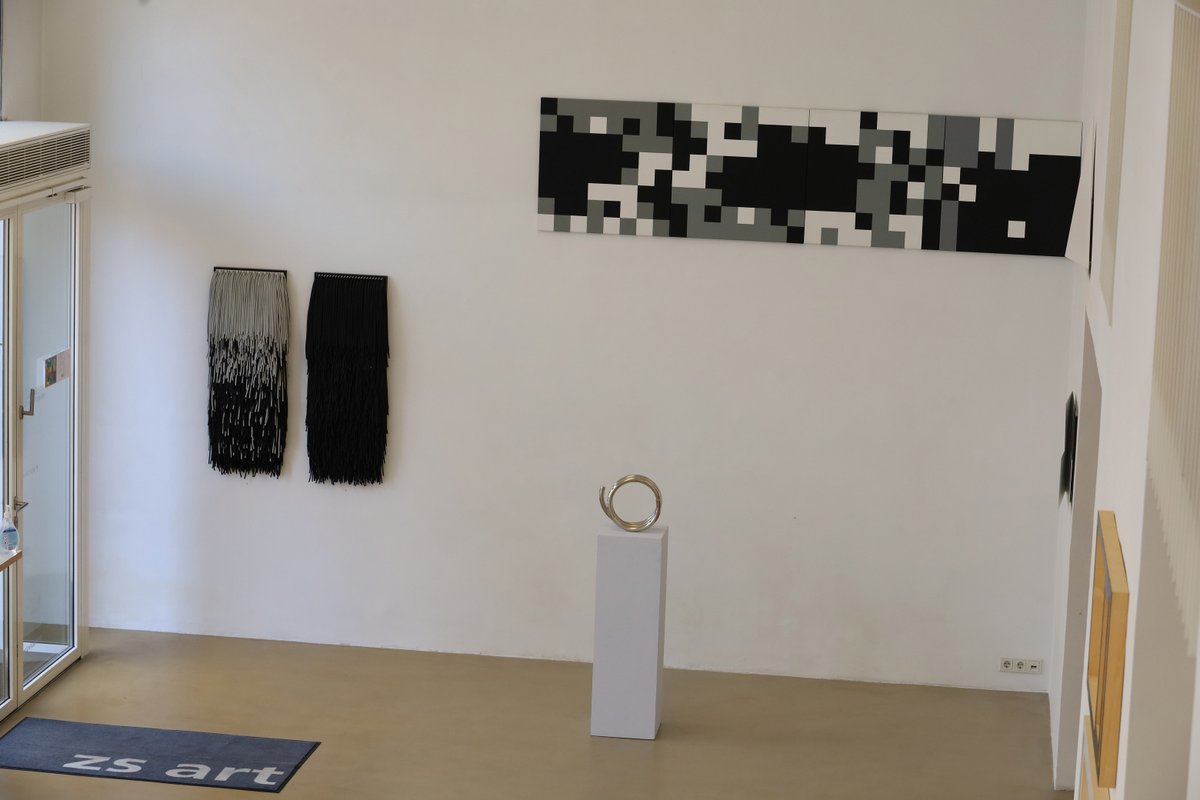
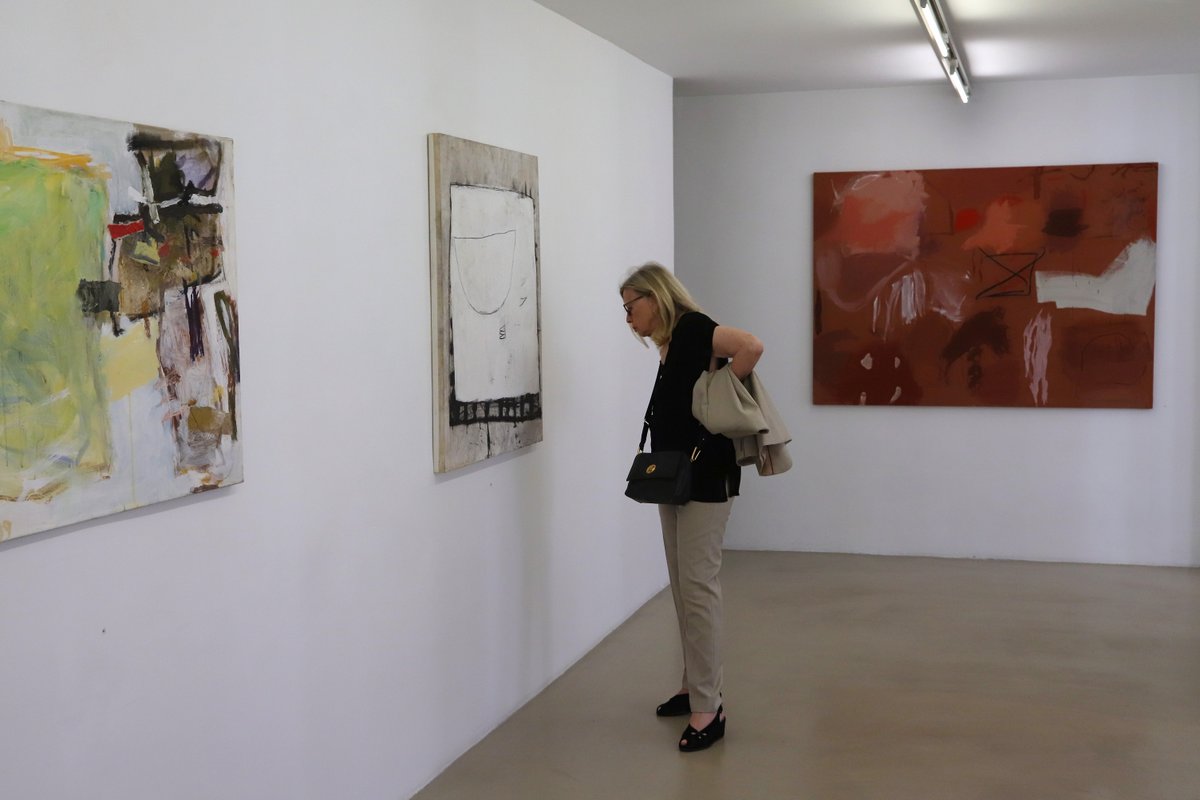
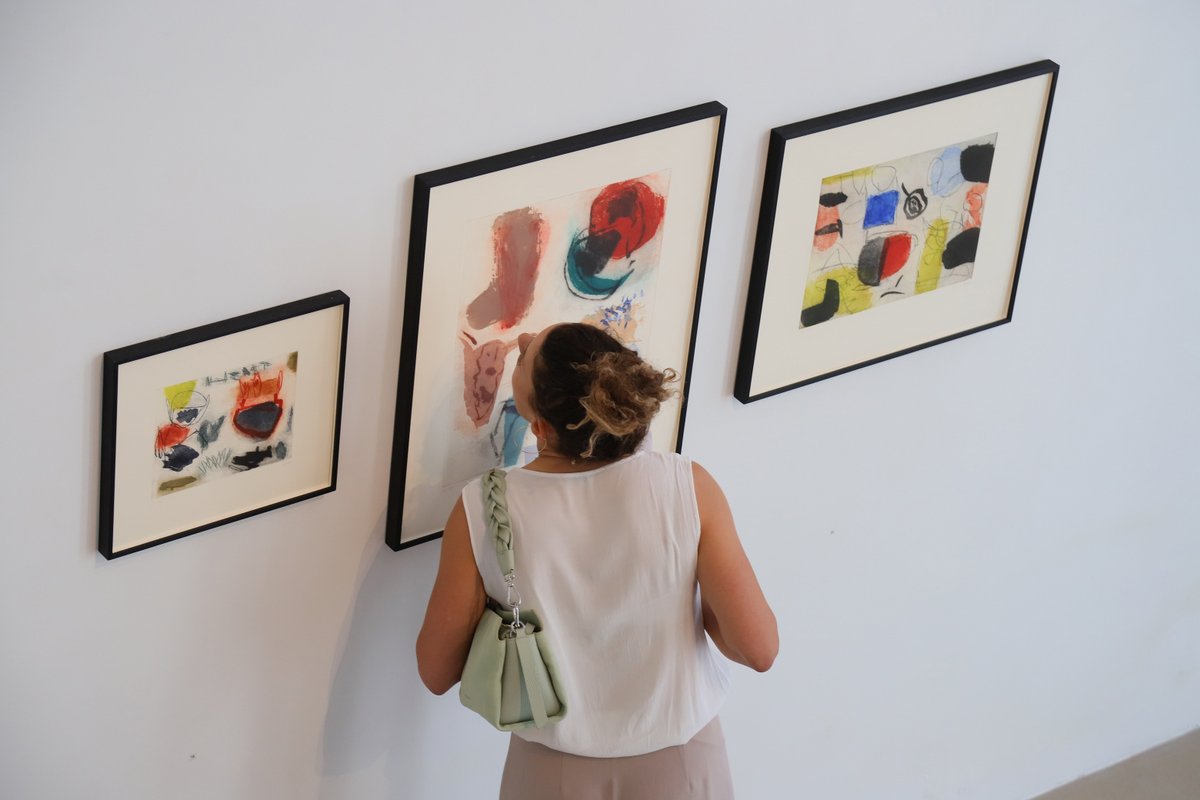
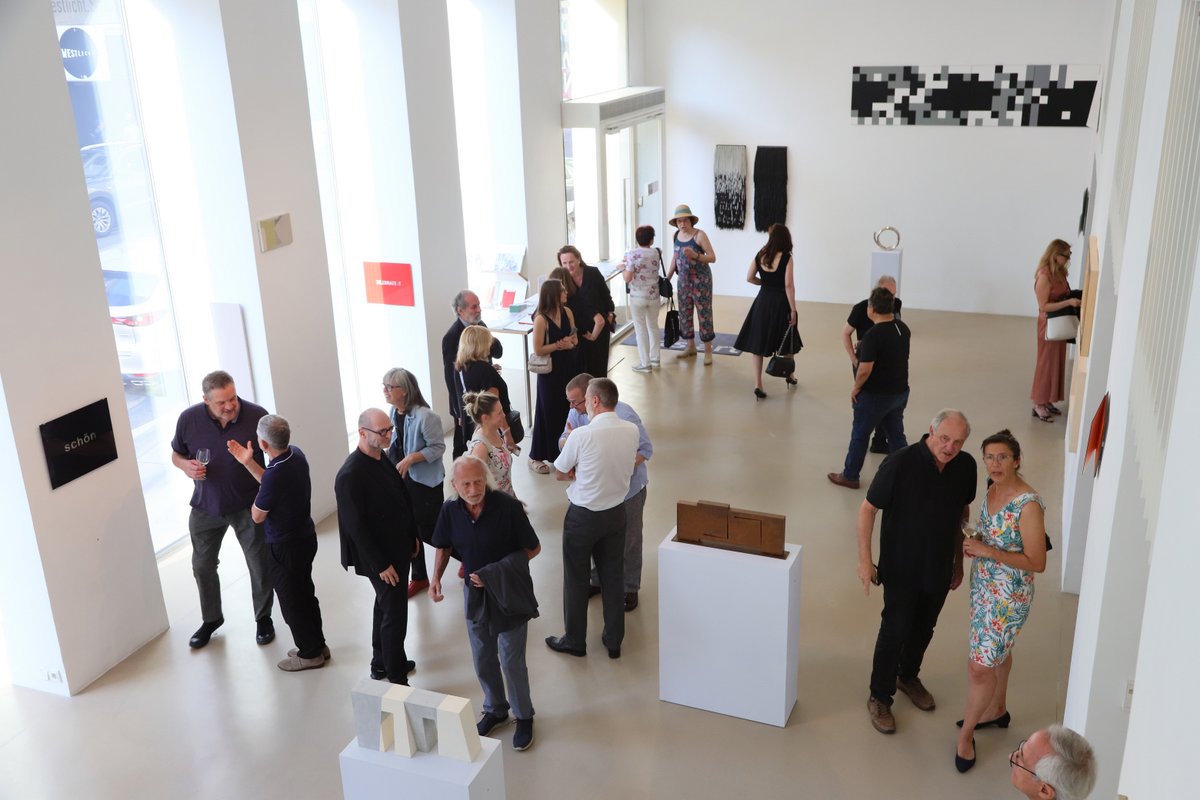
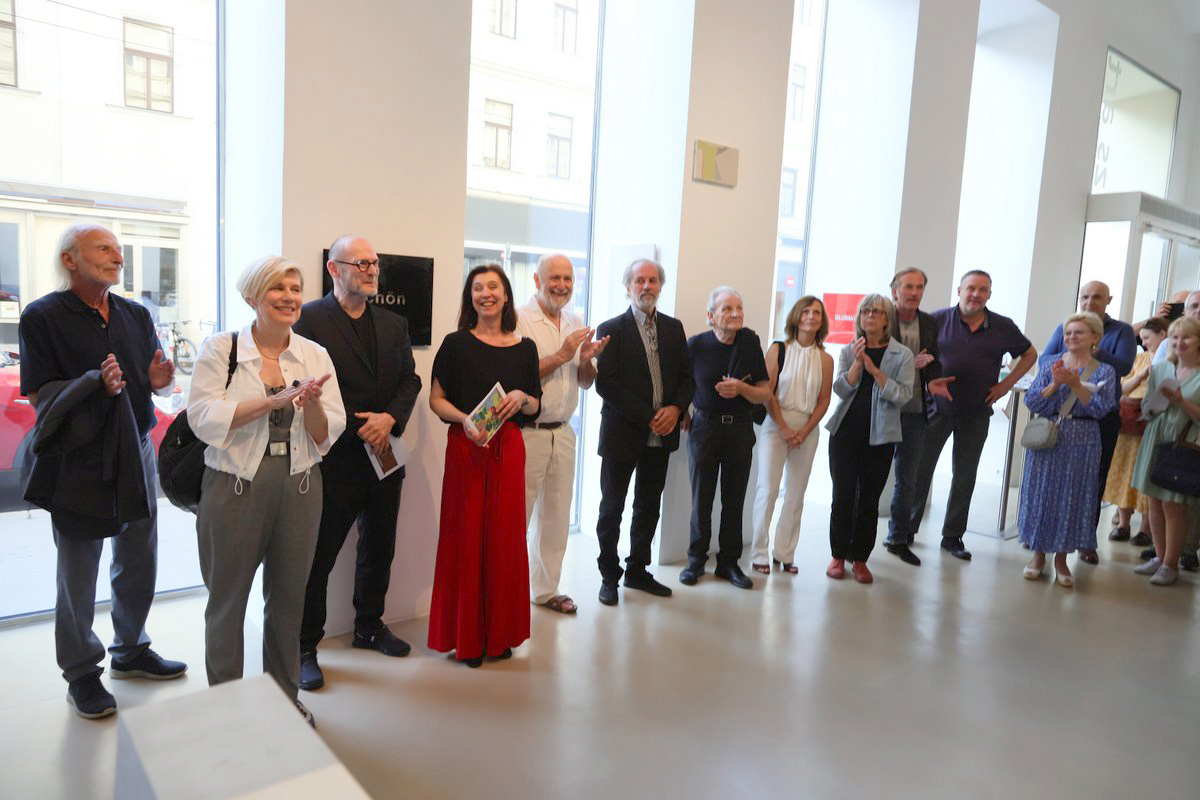

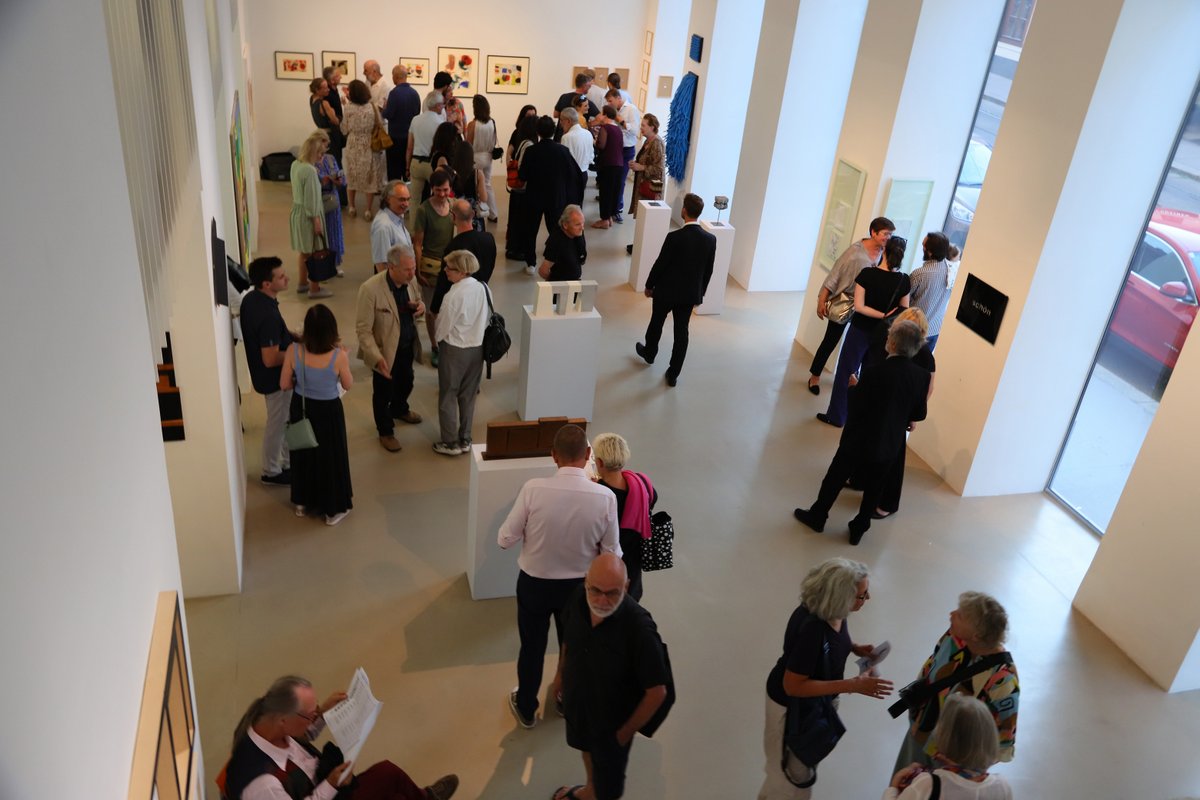
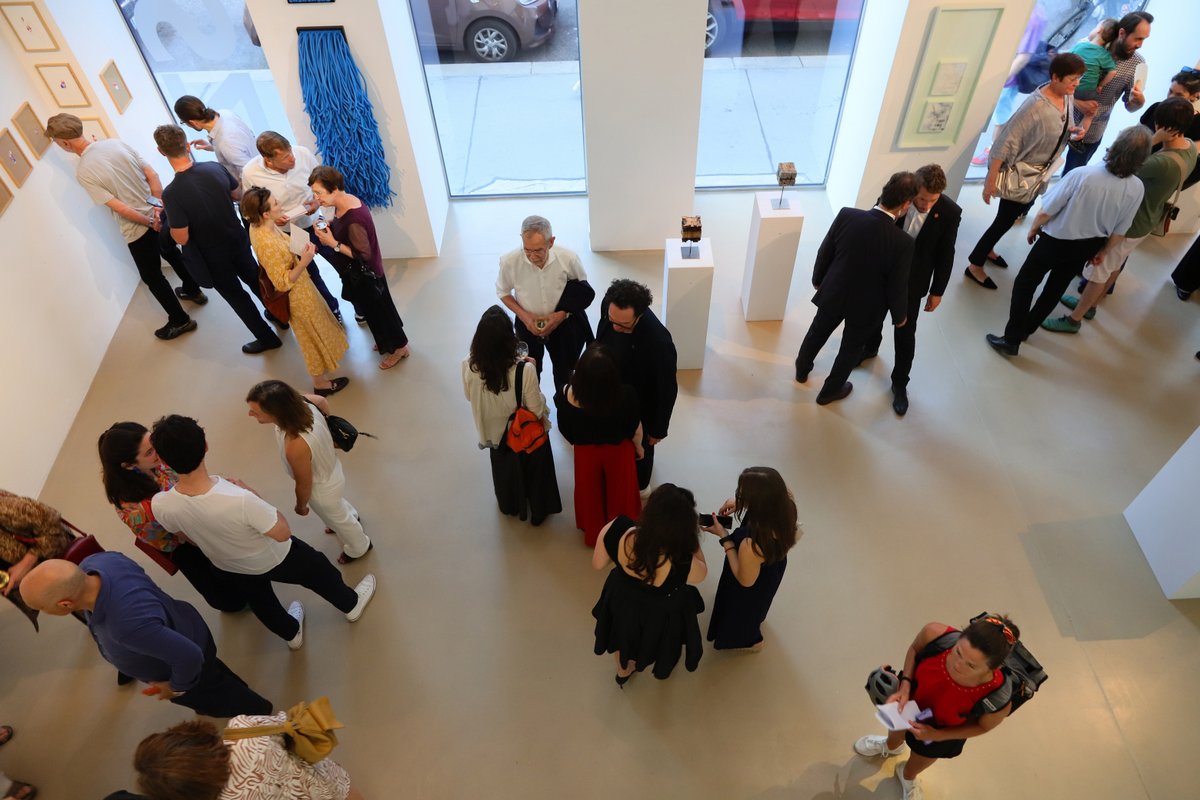
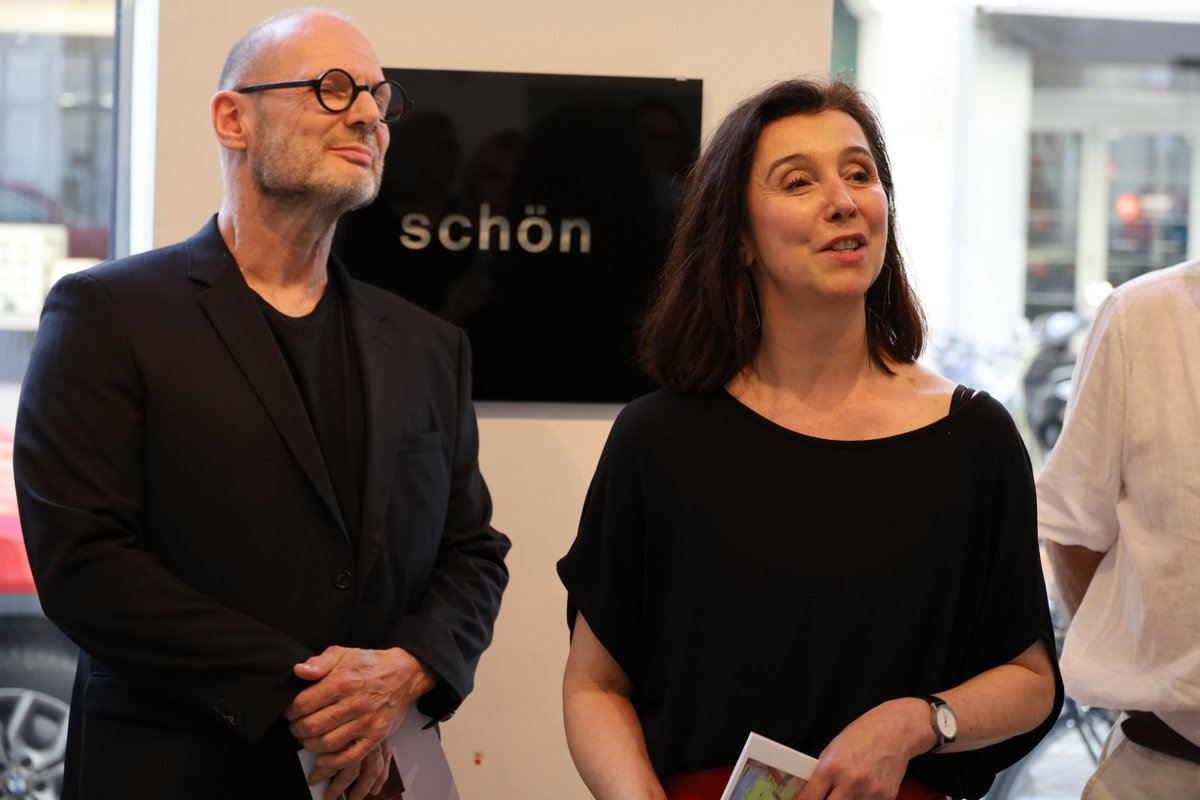
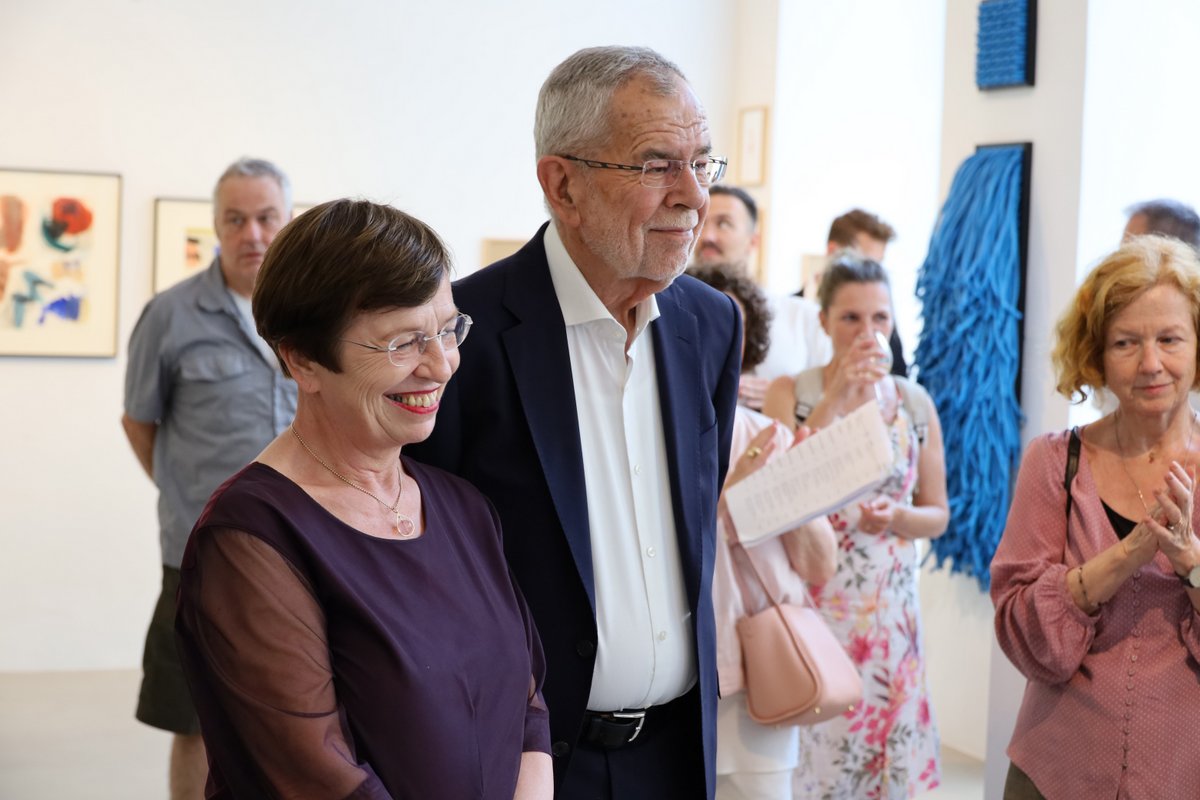
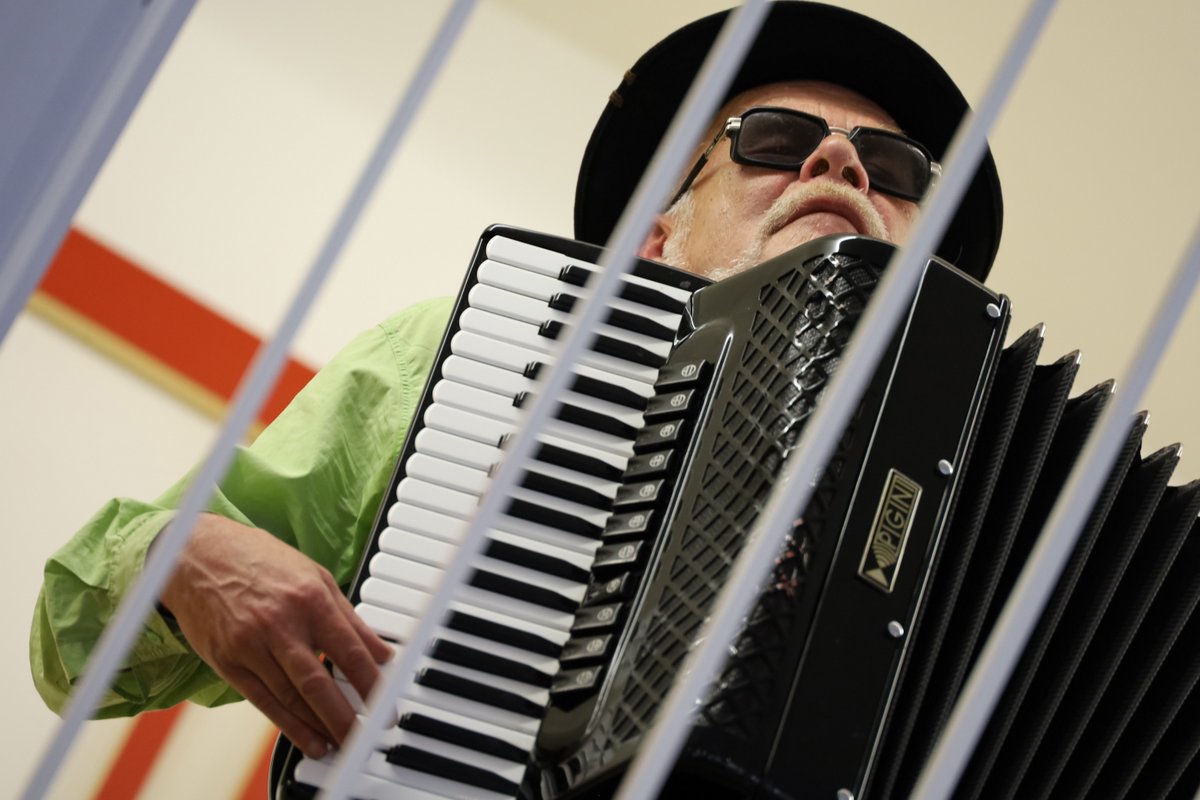
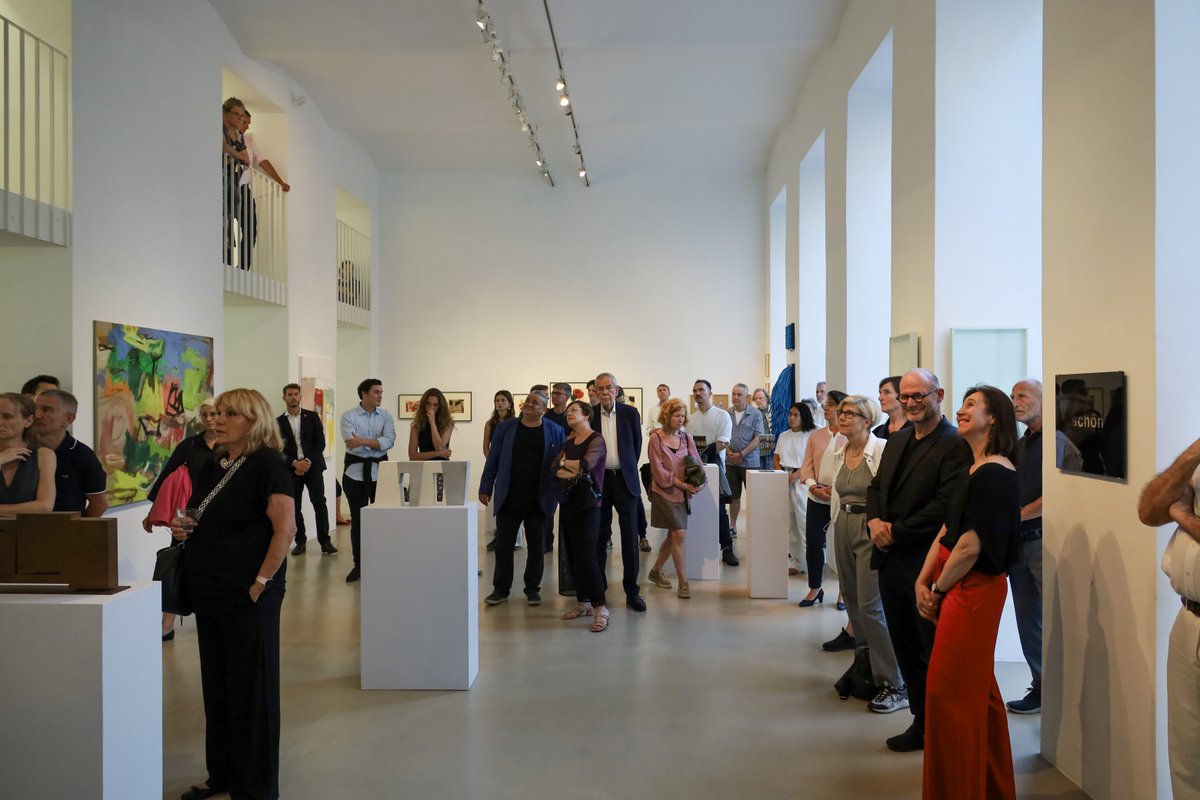
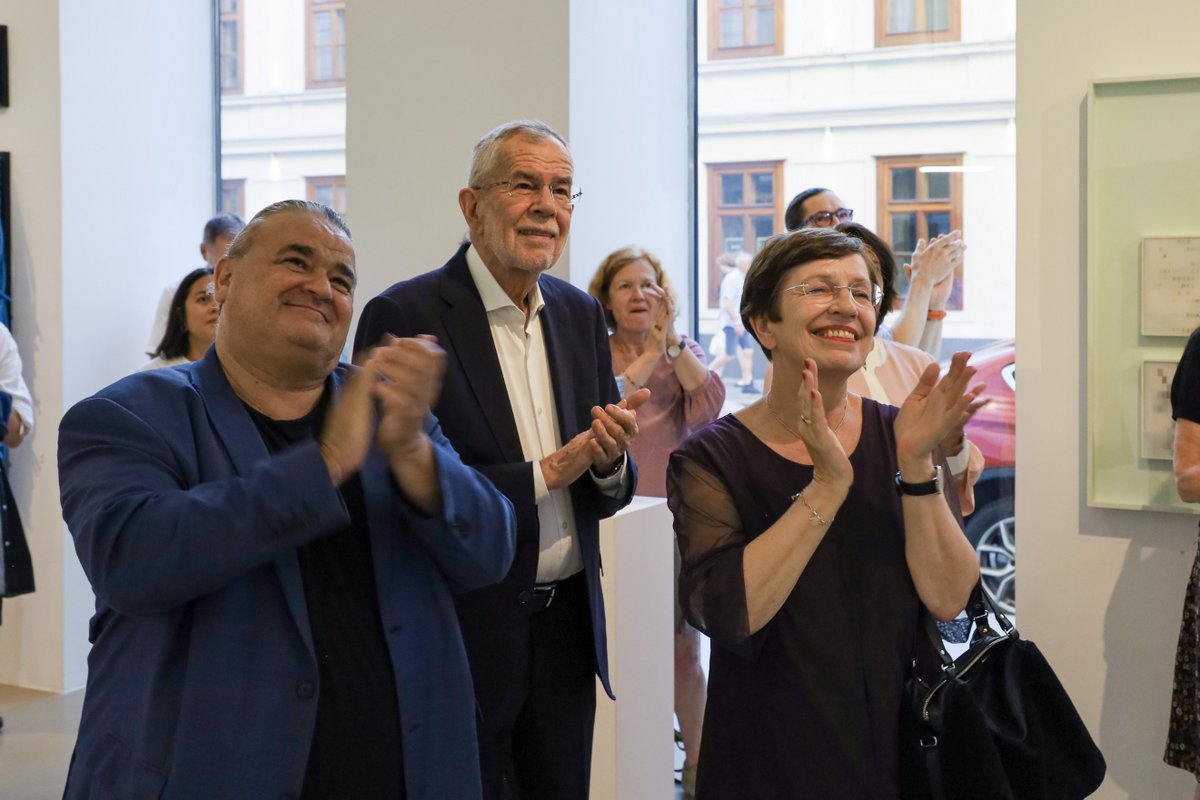
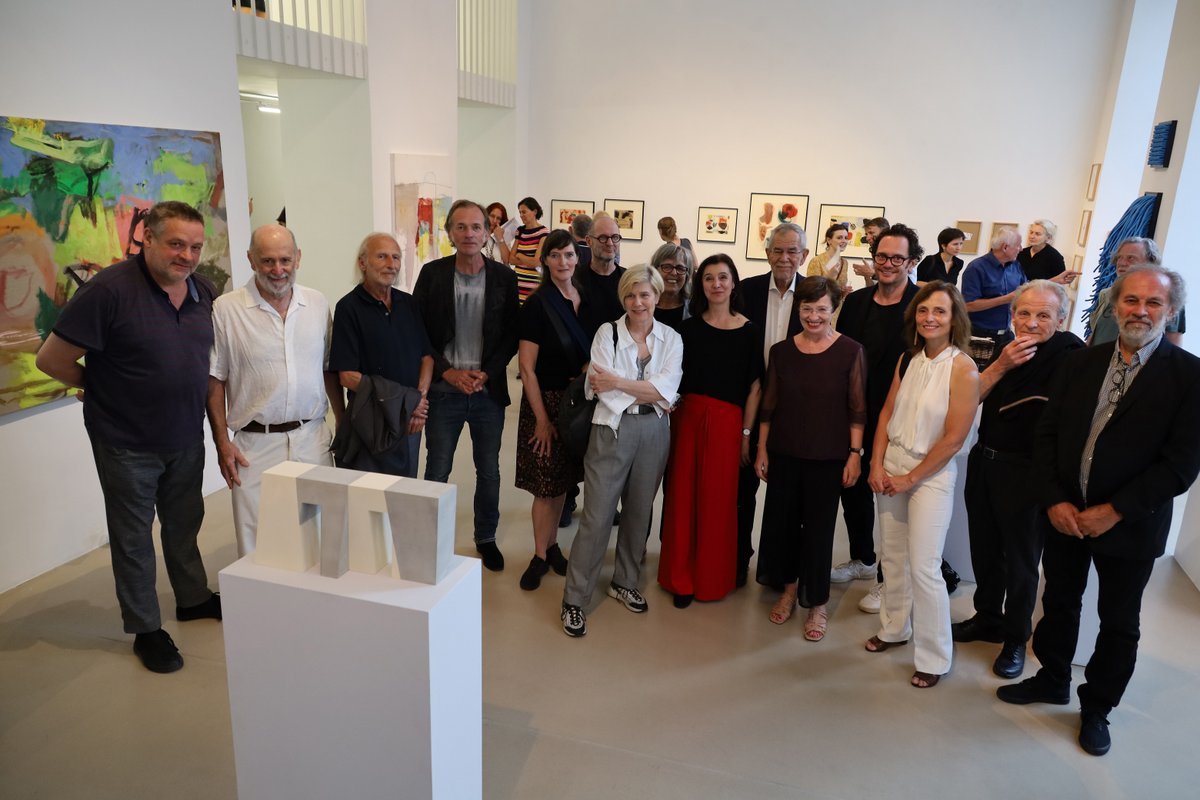
John Carter
Wilhelm Drach
Judith P. Fischer
Gerhard Frömel
Marie-France Goerens
Esther Hagenmaier
Mathias Hornung
Viktor Hulik
Alex Klein
Thomas Koch
Andrea Pernegr
Harald Plochberger
Tonneke Sengers
Eduardo Vega de Seoane
Leo Zogmayer
Opening: 18/06/2024
Opening words: Andrea Zehetbauer and Guido Zehetbauer-Salzer read texts by Leo Zogmayer (in german)
music: Otto Lechner
exhibition: 19/06/24 - 05/09/2024
Opening words: Andrea Zehetbauer and Guido Zehetbauer-Salzer read texts by Leo Zogmayer (in german)
music: Otto Lechner
exhibition: 19/06/24 - 05/09/2024
We are celebrating 15 years of zs art gallery in II exhibition phases.
It is a compilation of selected works by current zs art artists and some guest artists from recent years. Controversial and at the same time varied, they are staged in relation to each other.
The New York-based purist Harald Plochberger examines timeless testimonies of human existence with his wall objects. Among other things, he translates poems by Sappho and Archilochos, the oldest known poets of ancient Greece alongside Homer, into a formal visual language of contemporary techniques.
The spanish artist Eduardo Vega de Seoane, a free spirit who allows himself to be carried away by his feelings to jazz sounds during the painting process, paints music in the canvas sky or by means of aquatint etchings on paper. His abstract, free compositions can be effortlessly extended into the surrounding space.
In contrast, Judith P. Fischer's cascades are well thought out, the surrogate of a strictly planned, choreographed randomness. She lets hundreds of plastic lines flow from an aluminium grid like a waterfall.
Gerhard Frömel devotes himself to the square, the symbol of ultimate reduction in modernism. He moulds this maximum of the minimal into spatial interpretations on several levels.
Spatial illusions are also the quality of Tonneke Sengers. Mostly disguised as serial oblique cracks, floating in front of the wall, incorporating it.
For Viktor Hulik, repetition in a square grid is the starting constellation. He uses this to formulate a diverse universe of possibilities on several levels through rotation, the design of which he leaves entirely up to the viewer.
Architecture is also the source of inspiration for Esther Hagenmaier's photographic geometries. However, she interprets space in a completely different way, yet with a similar minimalist aim. She photographs buildings, uses lighting situations very graphically and then condenses the photo into a cubic abstract image through cropping.
Thomas Koch's paintings and collages also develop from square grids. He paints figurative objects in each square and combines them to create an elegant symphony of colour and form consisting of planes and lines.
Wilhelm Drach also takes figurative motifs such as figures, heads and landscapes as his starting point. Without a model, freely from his imagination, he carefully paints wild colour compositions, which he intuitively structures with bold brushstrokes.
Andrea Pernegr paints/draws quoting her surroundings, unencumbered by any style or method. Similar to Eduardo Vega de Seoane, she allows her feelings to prevail.
Marie-France Goerens' work cycles always arise from movement. She provokes coincidences with conceptual spontanity.
While Alex Klein develops chance in his colour field painting, fights for it, overpaints and repaints in many layers.
Leo Zogmayer leaves nothing to chance. His pure reductions are the extract of in-depth research and reflection. They culminate in one word, the first word.
John Carter develops meticulously composed breaks with his calm and emotional objects. Minimalisms whose power results from angular shifts, openings, slit lines, which lend the velvety surface, the rectangular basic form a fine dynamic.
Mathias Hornung carves and saws line grids into printing blocks, from which he breaks some of the raised areas. Visualised acoustics, tone sequences. His wooden blocks eventually became the actual, sought-after work.
It is a compilation of selected works by current zs art artists and some guest artists from recent years. Controversial and at the same time varied, they are staged in relation to each other.
The New York-based purist Harald Plochberger examines timeless testimonies of human existence with his wall objects. Among other things, he translates poems by Sappho and Archilochos, the oldest known poets of ancient Greece alongside Homer, into a formal visual language of contemporary techniques.
The spanish artist Eduardo Vega de Seoane, a free spirit who allows himself to be carried away by his feelings to jazz sounds during the painting process, paints music in the canvas sky or by means of aquatint etchings on paper. His abstract, free compositions can be effortlessly extended into the surrounding space.
In contrast, Judith P. Fischer's cascades are well thought out, the surrogate of a strictly planned, choreographed randomness. She lets hundreds of plastic lines flow from an aluminium grid like a waterfall.
Gerhard Frömel devotes himself to the square, the symbol of ultimate reduction in modernism. He moulds this maximum of the minimal into spatial interpretations on several levels.
Spatial illusions are also the quality of Tonneke Sengers. Mostly disguised as serial oblique cracks, floating in front of the wall, incorporating it.
For Viktor Hulik, repetition in a square grid is the starting constellation. He uses this to formulate a diverse universe of possibilities on several levels through rotation, the design of which he leaves entirely up to the viewer.
Architecture is also the source of inspiration for Esther Hagenmaier's photographic geometries. However, she interprets space in a completely different way, yet with a similar minimalist aim. She photographs buildings, uses lighting situations very graphically and then condenses the photo into a cubic abstract image through cropping.
Thomas Koch's paintings and collages also develop from square grids. He paints figurative objects in each square and combines them to create an elegant symphony of colour and form consisting of planes and lines.
Wilhelm Drach also takes figurative motifs such as figures, heads and landscapes as his starting point. Without a model, freely from his imagination, he carefully paints wild colour compositions, which he intuitively structures with bold brushstrokes.
Andrea Pernegr paints/draws quoting her surroundings, unencumbered by any style or method. Similar to Eduardo Vega de Seoane, she allows her feelings to prevail.
Marie-France Goerens' work cycles always arise from movement. She provokes coincidences with conceptual spontanity.
While Alex Klein develops chance in his colour field painting, fights for it, overpaints and repaints in many layers.
Leo Zogmayer leaves nothing to chance. His pure reductions are the extract of in-depth research and reflection. They culminate in one word, the first word.
John Carter develops meticulously composed breaks with his calm and emotional objects. Minimalisms whose power results from angular shifts, openings, slit lines, which lend the velvety surface, the rectangular basic form a fine dynamic.
Mathias Hornung carves and saws line grids into printing blocks, from which he breaks some of the raised areas. Visualised acoustics, tone sequences. His wooden blocks eventually became the actual, sought-after work.



